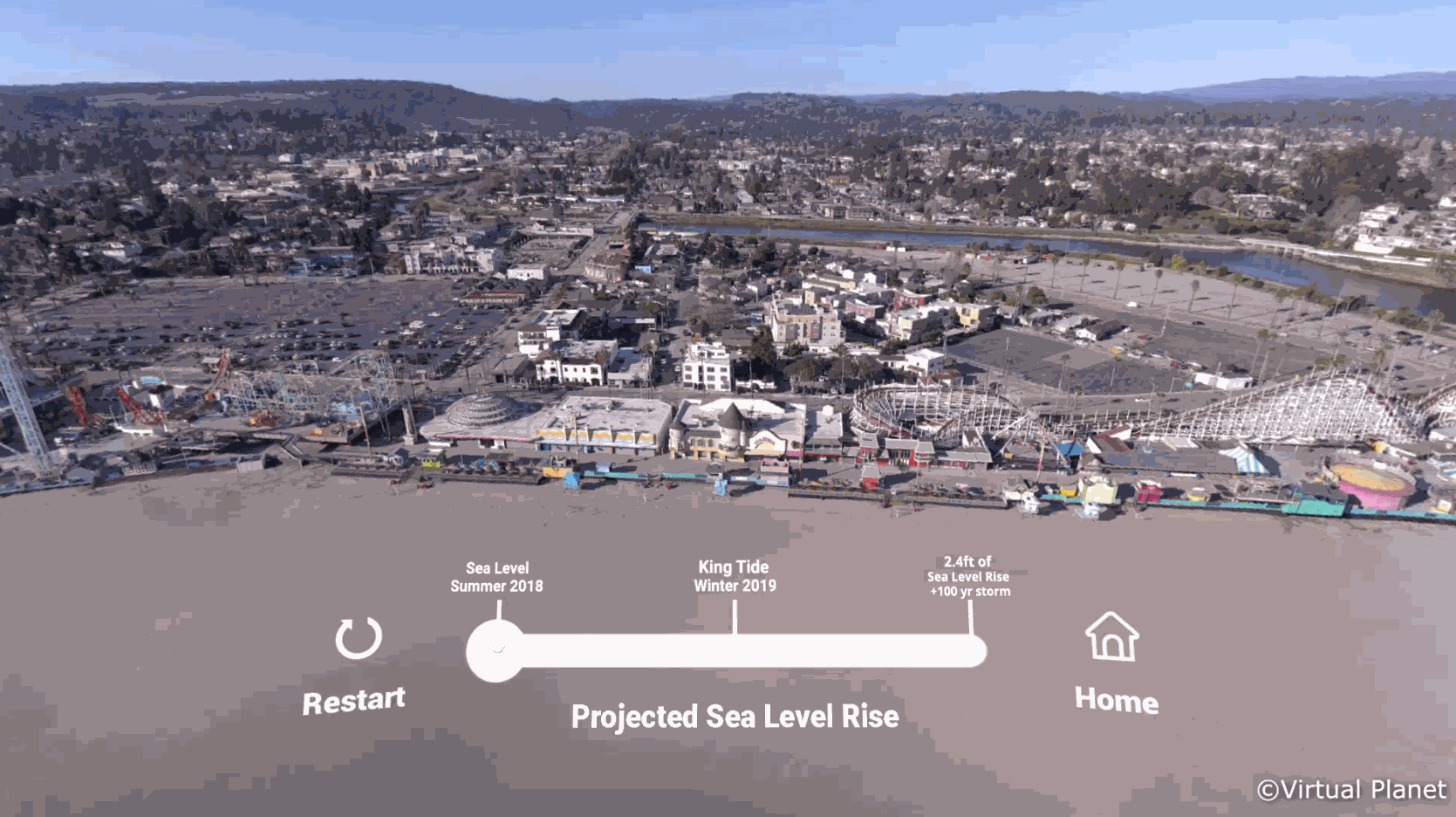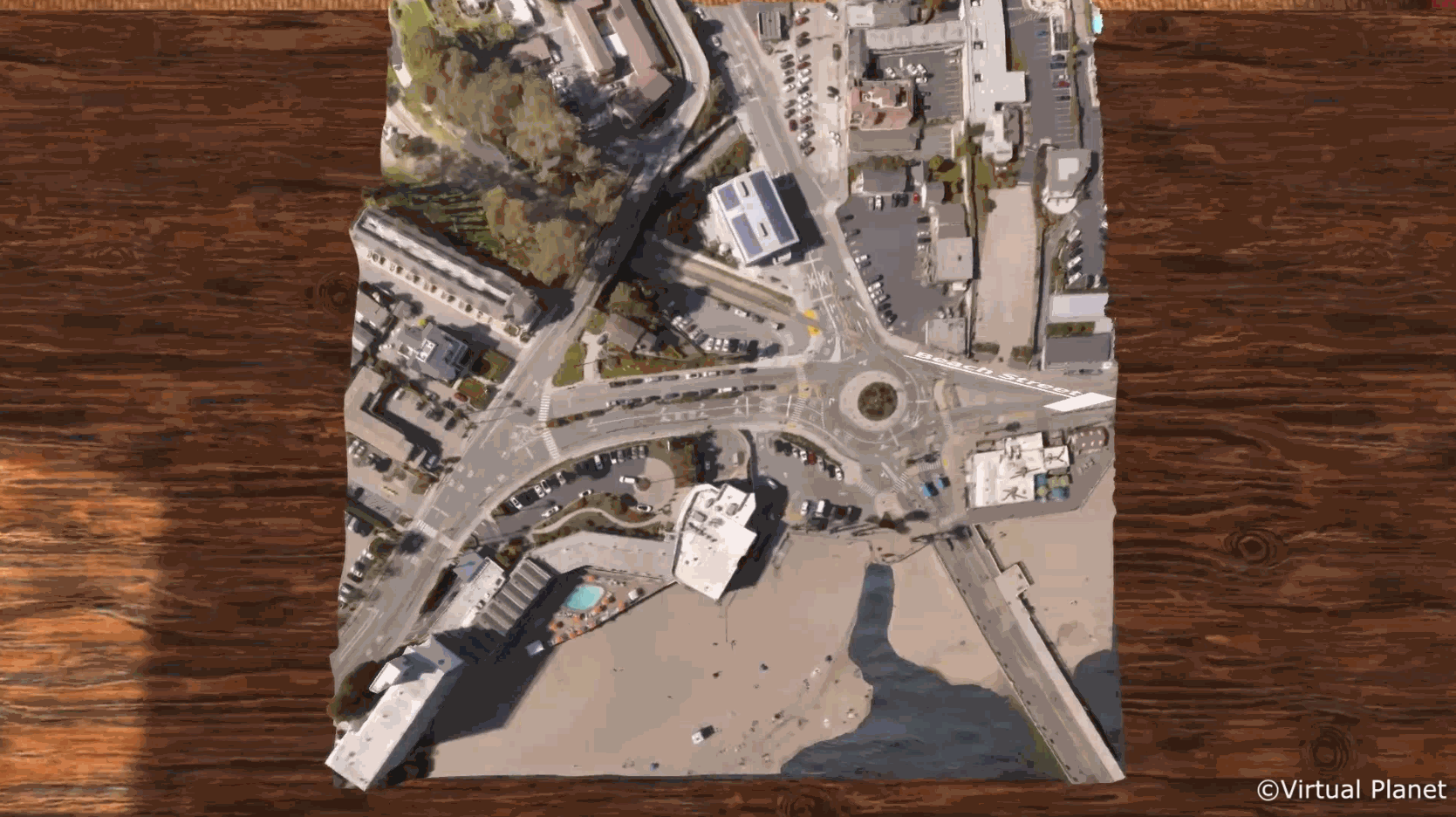20 April 2020
Virtual Reality in Climate Adaptation and Community Engagement
Posted by Shane Hanlon
By Juliano Calil
As coastal communities worldwide contend with sea level rise, coastal erosion, and other impacts of climate change, a critical piece of the puzzle has become educating stakeholders in highly creative, insightful and practical ways that inspire equitable action.
I have always been fascinated by how combining information from various sources can generate unexpected insights, and result in multiple, sometimes even unexpected, benefits. Before dedicating my career to solving climate issues I used to work in tech, designing decision support systems to help companies make better decisions. Not surprisingly, during my PhD studies, I researched ways of assessing coastal risks by combining data from multiple disciplines including earth sciences, machine learning, data management, conservation, socioeconomics and even psychology. For many years I searched for innovative ways to communicate my findings to diverse audiences from various backgrounds.

360 degrees view of Main Beach, Santa Cruz, CA, showing current sea levels and projected impacts (2.4ft of sea level rise combined with an extreme storm).
I have been flying drones and using virtual reality, i.e. VR (mostly for video games), for several years, but it wasn’t until very recently that the various technologies required to develop our engagement tools became robust enough, available and affordable. Last year, combining a team with seemly unrelated skills including ocean and climate science, video game development, arts, city planning, and community outreach, we developed the first version of the Sea Level Rise Explorer VR.
Emerging research is showing that VR experiences can promote prosocial behavior change, increase knowledge and preparation for natural disasters. [1] A recent study showed that subjects that experienced flooding in 3D declared higher intent to purchase flood insurance and to evacuate from at-risk areas, when compared with videos or slides.[2] And that wasn’t even a VR experience! Despite all that, and I need to constantly remind myself, this should not be about the technology or special effects. These tools are useful only if you implement them in a thoughtful manner.
Before even considering what the tool will look like or what features to use, it is critical to identify your audiences and the key objectives of the tool you are developing. To do that successfully, you need to form on-the-ground partnerships, identify community leaders that can be trusted messengers and facilitators, and accept that the technology is nothing but an aid to an existing process (albeit a great and necessary one for the above reasons).

“Cowells” : Three dimensional representation of Cowell’s Beach, Santa Cruz, CA, with current sea levels and projected impacts (2.4ft of sea level rise combined with an extreme storm).
It’s been an exciting and not always smooth ride, but our VR tools are being successfully deployed in various coastal communities and are achieving multiple goals. They are attracting and engaging a much more diverse audience being used to raise funding for adaptation projects, or my favorite result, they are sparking sincere interest and meaningful conversations that will ultimately shape the future of our coastal communities.
-Dr. Juliano Calil is a Senior Fellow at the Center for the Blue Economy and cofounder of Virtual Planet Technologies. He is a pioneer in science communication and his research is motivated by the urgent need for equitable climate adaptation solutions.
[1] Ketaki Shriram, Soon Youn Oh, and Jeremy Bailenson, “Virtual Reality and Prosocial Behavior,” Social Signal Processing, 2017, 304–16, https://doi.org/10.1017/9781316676202.022.
[2] Ruud Zaalberg and Cees J.H. Midden, “Living behind Dikes: Mimicking Flooding Experiences,” Risk Analysis 33, no. 5 (2013): 866–76, https://doi.org/10.1111/j.1539-6924.2012.01868.x.










 The Plainspoken Scientist is the science communication blog of AGU’s Sharing Science program. With this blog, we wish to showcase creative and effective science communication via multiple mediums and modes.
The Plainspoken Scientist is the science communication blog of AGU’s Sharing Science program. With this blog, we wish to showcase creative and effective science communication via multiple mediums and modes.